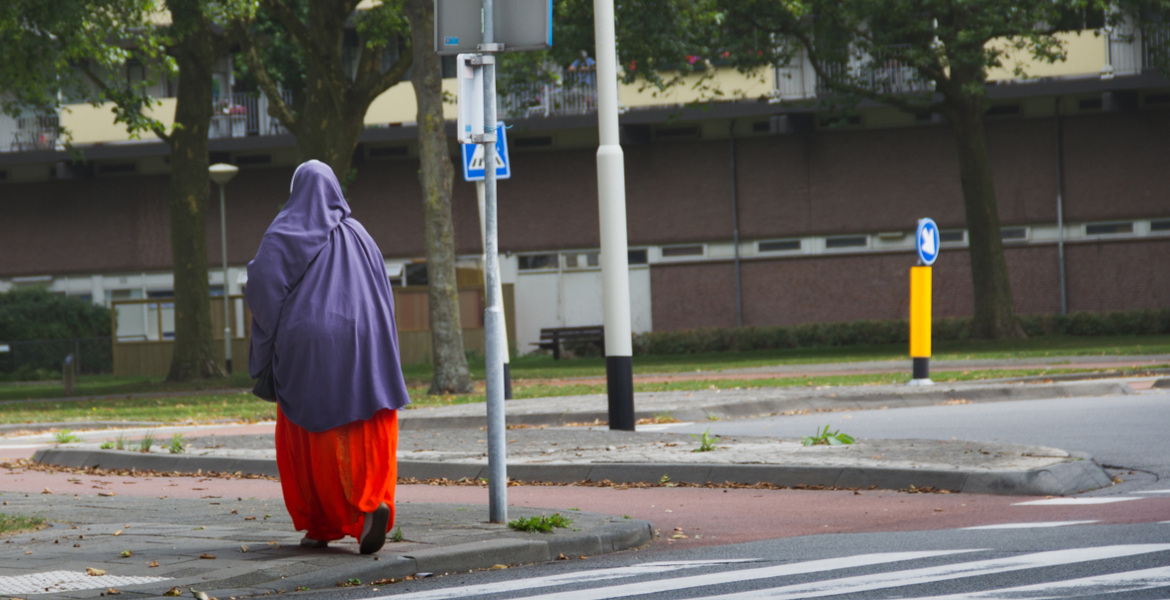A new Norwegian study shows that a surprisingly large proportion of adolescents have experienced mild psychotic symptoms. Researchers emphasize that for most people, these experiences are transient but may signal underlying psychological vulnerability.
Nearly 30 percent of Norwegian adolescents report having experienced mild hallucinations or delusions at some point. This is revealed in a new large-scale study published in the Journal of Child Psychology and Psychiatry, which includes nearly 50,000 participants.
— It's a surprisingly large proportion of adolescents, says researcher Viktoria Birkenæs, one of those behind the study, to Norwegian state broadcaster NRK.
The study is based on survey responses from the Norwegian Mother, Father and Child Cohort Study – one of the world's largest health studies.
The data are evenly distributed between children and their parents, making it possible to compare generations.
Common to feel persecuted
The most common are paranoid delusions, such as feeling persecuted or monitored. Hallucinations, meaning hearing or seeing things that aren't there, are significantly less common, according to the research group.
The experiences vary greatly in both intensity and character. For some, it involves brief symptoms that don't significantly affect daily life, while others experience distressing episodes that greatly disrupt their functioning.
— Some people experience brief, transient symptoms that don't disturb them, while others have distressing experiences that greatly affect their daily lives, explains Birkenæs.
Sleep deprivation has an impact
For most people, these experiences occur during periods of high stress, strong emotions, sleep deprivation, or substance use.
When symptoms become so severe that they affect daily life, they can progress to serious clinical diagnoses. The study found no notable differences between genders.
Although the vast majority of those reporting such experiences don't develop mental disorders, psychotic symptoms at an early age can be a sign of underlying psychological vulnerability, according to Birkenæs.
— It may also indicate that some people are more sensitive to influences from their environment, which may require early interventions, she says.




